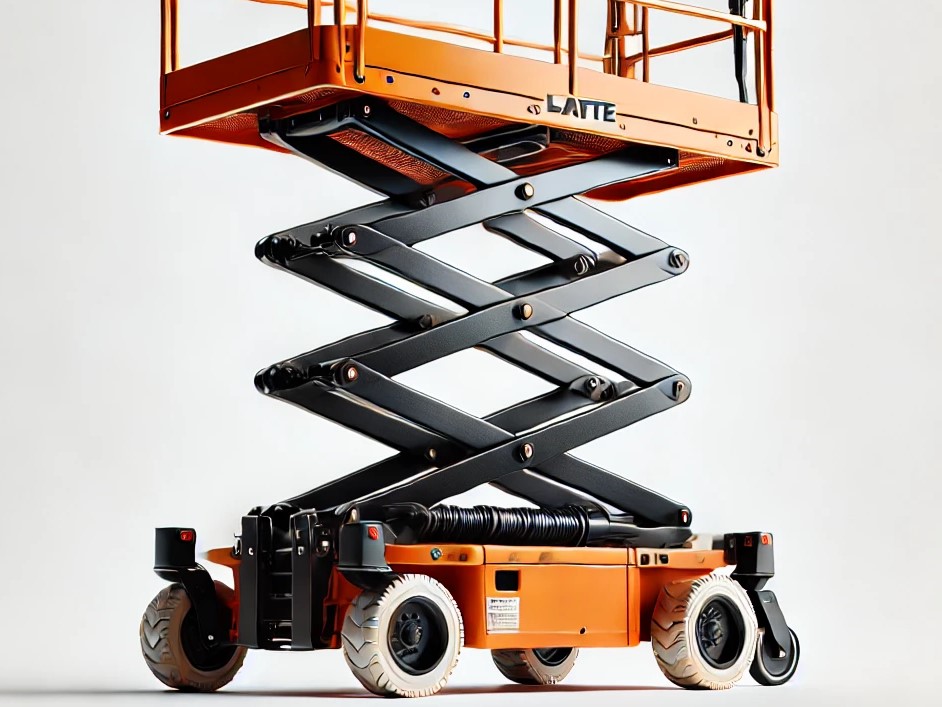Crane: Types, Uses, and Safety in Construction Machinery
Cranes are essential machines in many industries, providing mechanical advantage to lift, move, and place heavy loads. From large tower cranes on high-rise sites to compact small crane models used indoors, cranes are designed to match tasks, site constraints, and safety requirements. This article outlines common crane types, how lifting equipment is classified and maintained, and practical safety and procurement considerations for construction and industrial settings.

What is a crane and how does it work?
A crane is a type of machinery that uses mechanical systems—booms, winches, hoists, and rigging—to move loads vertically and horizontally. Most cranes convert engine or electric power into lifting force through wire ropes, chains, hydraulic cylinders, or electric winches. Key elements include the load block, hoist, boom or jib, counterweights, and controls. Cranes are rated by safe working load and designed to operate within prescribed limits; matching crane capacity to load weight and lift radius is critical to avoid overload and structural risk.
What defines a small crane and where is it used?
A small crane refers to compact lifting equipment intended for confined or low-capacity lifts. Examples include mini crawler cranes, spider cranes, truck-mounted cranes with lower capacities, and pick-and-carry models. These are commonly used inside buildings, on renovation sites, or in locations with limited access where larger cranes cannot be positioned. Small cranes are valued for their maneuverability and lower setup footprint, but their reduced capacity and stability margins require careful planning, appropriate rigging, and awareness of ground conditions and overhead obstructions.
What are common lifting equipment components and standards?
Lifting equipment encompasses more than the crane itself: slings, shackles, spreader bars, hooks, hoists, and lifting beams are all part of the system. Standards and regulations govern inspection intervals, load testing, personnel competence, and marking of equipment to ensure traceability and safety. Routine pre-use checks, periodic thorough examinations, and certification of components reduce risk of failure. Employers and contractors should follow local regulations and industry standards for maintenance records, proof load tests, and operator qualifications when using lifting equipment on construction or industrial sites.
How are cranes used in construction projects?
In construction, cranes serve multiple roles: placing structural elements, hoisting materials to work levels, installing mechanical plant, and handling heavy components during assembly. Different crane types are chosen based on project scale, height, and site layout—tower cranes for tall buildings, mobile hydraulic cranes for flexible lifts and rapid repositioning, and small cranes for interior or constrained operations. Effective lift planning includes selecting appropriate crane type, calculating lift geometry, ensuring ground bearing capacity, managing traffic and exclusion zones, and coordinating signaling and radio communications between crew members.
What maintenance and safety practices apply to heavy machinery and cranes?
Regular maintenance extends equipment life and maintains safe operation. Best practices include daily inspections, scheduled servicing for hydraulic systems and wire ropes, lubrication of moving parts, and replacement of worn rigging. Safety controls such as limit switches, load moment indicators, and anti-two-block devices help prevent overload and dangerous configurations. Training for operators and riggers, documented lift plans, and site-specific risk assessments are essential. Additionally, verifying ground bearing capacity and using appropriate outrigger mats or cribbing mitigates overturning risk for mobile cranes and ensures stable machinery setup.
How to evaluate local services and providers for crane work
When selecting local services for crane hire or lift planning, consider provider experience with the required crane type and project scale, their fleet condition, and evidence of operator certification and equipment inspection. Ask for lift plans, method statements, insurance details, and references from similar projects. For small crane tasks, confirm the provider’s familiarity with confined-space lifts and the availability of specialist rigging accessories. Transparent communication about site constraints, utility locations, and schedule impacts helps providers propose suitable lifting equipment and safety measures in your area.
Cranes and associated lifting equipment are fundamental to modern construction and industrial operations, but they demand careful matching of machine, task, and site conditions. Understanding different crane types, following standards for inspection and maintenance, and working with competent local service providers support safe, efficient lifts. Proper planning and adherence to safety measures reduce the chance of incidents and help machinery deliver its intended value throughout a project lifecycle.






